Besides the Three Sledding Fools, Six Other Little-Known Sled Dogs
When it comes to sled dogs, the first impression that definitely pops up is the Three Sledding Fools——Husky (detailed introduction), Samoyed, and Alaskan Malamute. They have now flourished as pet dogs in the dog world, becoming widely famous. However, their original job was an important type of working dog specialized in pulling sleds. Besides these three famous sled dogs, there are several lesser-known sled dogs that still perform their original duties in icy and snowy environments today. Let’s follow editor Boqi to take a look at the other five little-known sled dogs.
1. Greenland Dog (Greenland Dog)
The Greenland Dog was domesticated from a type of Siberian wolf about 12,000 years ago, but nowadays it is hard to see any wolf traits in the Greenland Dog. In both appearance and body shape, the Greenland Dog has significant differences from wolves. Its temperament is very gentle, making it very popular in the Greenland area. It is extremely resilient, even capable of spending nights in the wild at temperatures as low as minus teens Celsius in the Arctic.
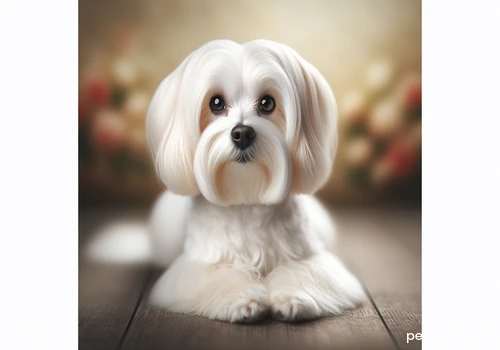
Greenland Dog
2. Canadian Eskimo Dog (Canadian Eskimo Dog)
Originating from Canada, for thousands of years this dog has been the mode of transportation for the Inuit people living in the Northwest regions of Canada, initially used for carrying goods and pulling sleds. It is still a primitive and isolated breed. It has an appearance very similar to the Greenland Dog, only slightly shorter in length and lighter in weight. The name of this breed can be considered a misnomer as it is not a descendant of the Eskimo Dog.
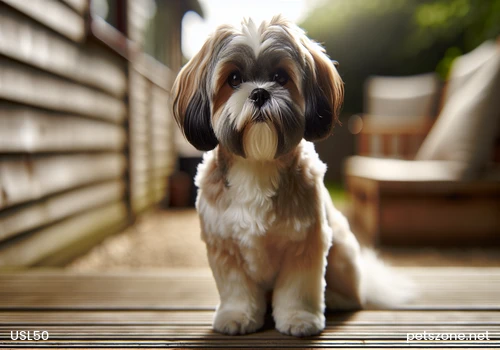
Canadian Eskimo Dog
3. Seppala Siberian sleddog (Seppala Siberian sleddog)
Originating from Canada, this breed was imported from East Siberia to Alaska. It is distinctly different in appearance from the Husky, with longer legs and body, and lighter weight. By 1969, the unique Seppala Siberian sleddog was nearing extinction.
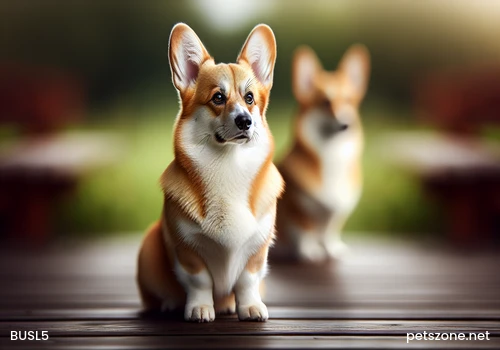
Seppala Siberian sleddog
4. Chinook Dog (Chinook Dog)
Historically bred by Arthur Walden, primarily assigned to pulling sleds, the Chinook Dog was developed by crossing Eskimo Dogs, short-haired Saint Bernards (detailed introduction), and Belgian Shepherds. As a traditional furry dog, the Chinook Dog seems more suitable for work, especially sled pulling in snow. Currently, fewer than 200 remain alive.

Chinook Dog
5. Utonagan (Utonagan)
It is said that the name of this dog comes from the ancient language of the Chinook tribe, meaning "spirit of the wolf." This breed was developed by breeding a litter of German Shepherd Dogs, Alaskan Malamutes, and Huskies. Its origin is England.
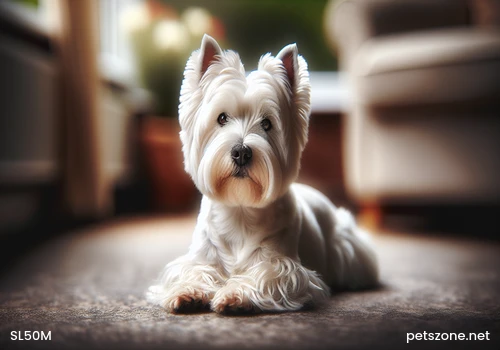
Utonagan
6. Karafuto-Ken (Karafuto-Ken)
A sled dog breed originating from Japan. This breed is of the pointed snout type, closely related to the Japanese Akita Inu. The breed became famous due to Japan’s Antarctic exploration in the 1950s. In 1957, Japan established its first Antarctic research station, the Showa Base, where 15 Karafuto-Ken dogs were used for sled transportation. When personnel evacuated, these dogs were abandoned in Antarctica. One year later, when the research team returned, two dogs named Taro and Jiro miraculously survived.
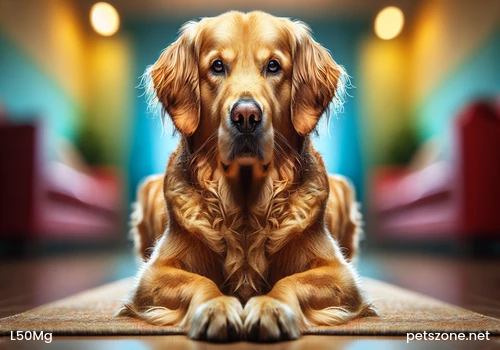
Karafuto-Ken
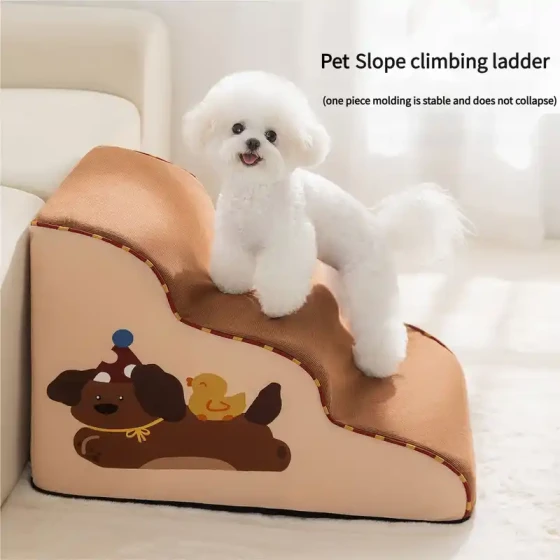




-560x560.webp)